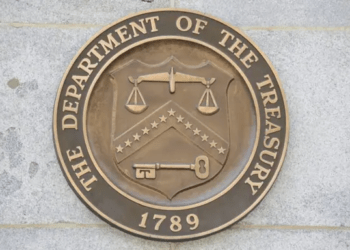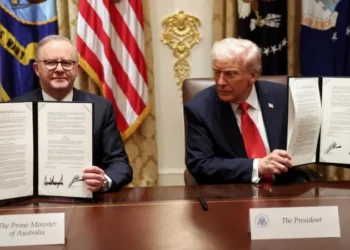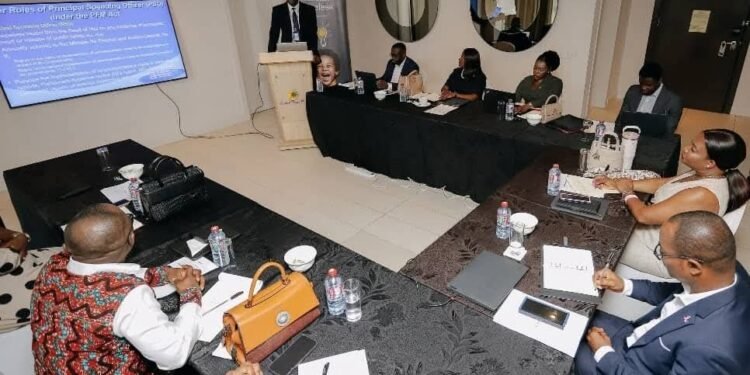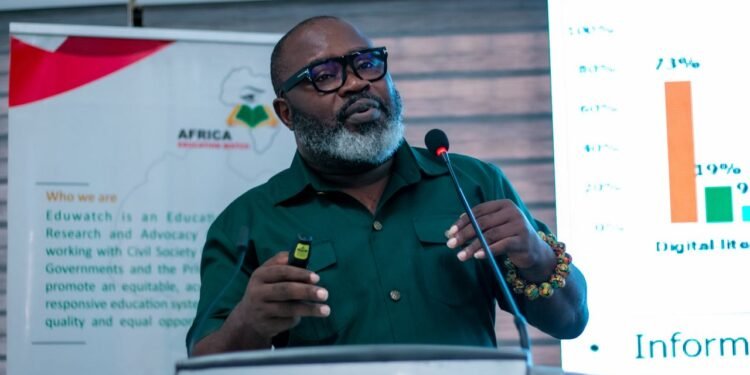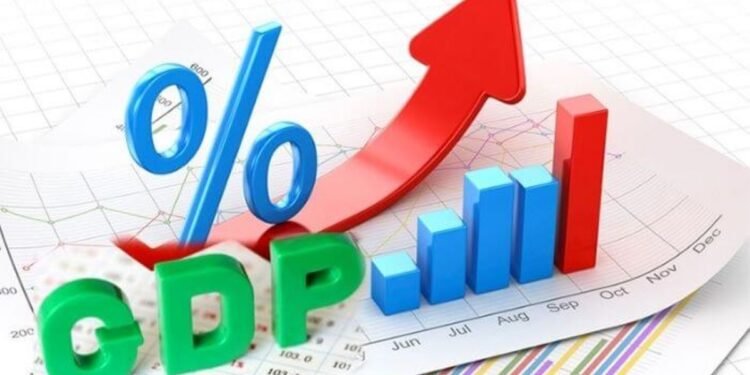United States President, Donald Trump has unveiled steep tariffs on more than a dozen countries, intensifying his pressure campaign aimed at winning concessions on trade.
Trump’s latest trade threats put 14 countries, including key US allies Japan and South Korea, on notice that they will face tariffs of 25 to 40 percent from August 1, 2025, unless they take more US exports and boost manufacturing in the US.
In nearly identical letters to the countries’ leaders, Trump said that the US had “decided to move forward” with their relationship, but “only with more balanced, and fair, TRADE.”
He warned that any retaliatory taxes would be met with even higher tariffs, but left the door open to relief from the measures for countries that ease trade barriers.
“If you wish to open your heretofore closed Trading Markets to the United States, eliminate your tariff, and Non Tariff, Policies and Trade Barriers, we will, perhaps consider an adjustment to this letter.
“These Tariffs may be modified, upward or downward, depending on our relationship with your Country.”
Donald Trump
Trump’s steepest tariffs would apply to Laos and Myanmar, which are both facing duties of 40 percent. Japan, South Korea, Malaysia, Kazakhstan and Tunisia would be subject to the lowest rate of 25 percent.
Cambodia and Thailand are facing a 36 percent tariff rate, Serbia and Bangladesh a 35 percent rate, and South Africa and Bosnia and Herzegovina a 30 percent rate.
Indonesia would be subject to a 32 percent rate.All 14 countries, many of which have highly export-reliant economies, had previously been subject to a baseline tariff of 10 percent.
Speaking to reporters later, Trump said the August 1 deadline was “firm” but not “100 percent firm.”
“If they call up and they say we’d like to do something a different way, we’re going to be open to that.”
Donald Trump
Japanese Prime Minister, Shigeru Ishiba called the tariff on his country “truly regrettable,” but said that the Japanese side would continue negotiations towards a mutually beneficial agreement.
South Korea’s Ministry of Trade, Industry and Energy said in a statement that it would step up negotiations ahead of the August 1 deadline to “reach a mutually beneficial negotiation result so as to swiftly address uncertainties stemming from tariffs.”
Malaysia’s Ministry of Investment, Trade and Industry stated that the Southeast Asian country would continue engagement with the US “towards a balanced, mutually beneficial, and comprehensive trade agreement.”
Asian Countries Limited In Presenting United Front
Meanwhile, Lawrence Loh, the Director of the Centre for Governance and Sustainability at the National University of Singapore Business School, asserted that Asian countries are limited in their ability to present a united front in the face of Trump’s threats due to their varying trade profiles and geopolitical interests.
“It is not possible for these countries, even for a formal pact like ASEAN[Association of Southeast Asian Nations] to act in a coordinated manner. It’s likely to be to each country on its own. That’s the trump card for Trump.”
Lawrence Loh
Loh said that countries in the region will feel pressure to make concessions to Trump to avoid damage to their economies.
“On balance for Asian countries, not giving concessions will turn out more harmful than playing along with the US.
“Especially for the smaller countries with less bargaining power, retaliation is out of the question.”
Lawrence Loh
While the Trump administration has ramped up pressure on its trade partners to reach deals to avoid higher tariffs, only three countries so far – China, Vietnam and the United Kingdom – have announced agreements to de-escalate trade tensions.






